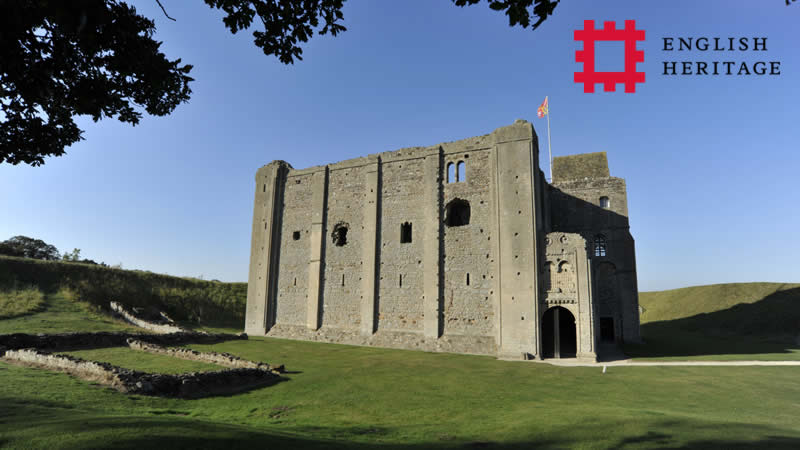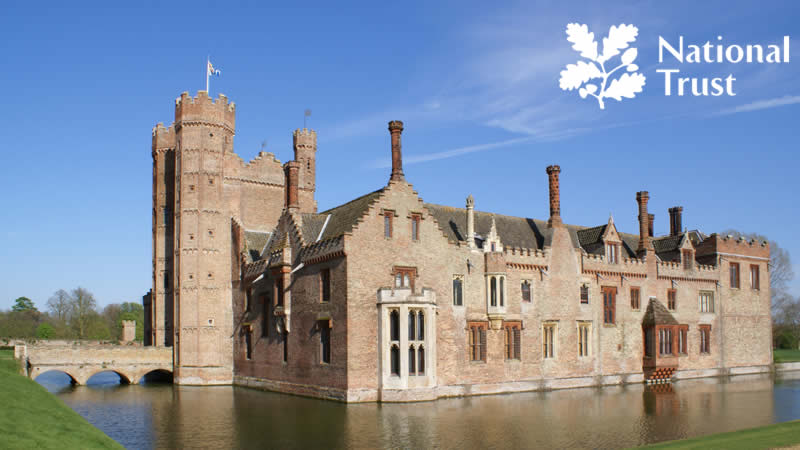Museum of Norwich - at the Bridewell
Published date: April 2020
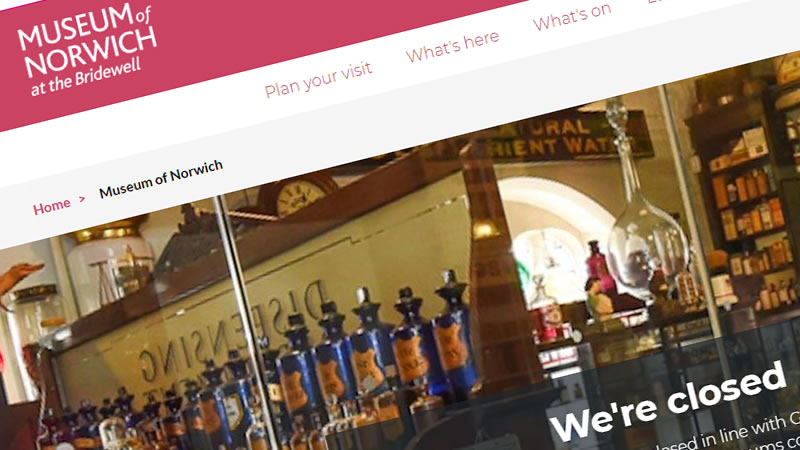
Located in the city centre, the Museum of Norwich looks at how Norwich was England’s second largest city in 1700, bigger and more prosperous than its medieval counterparts of York, Bristol, Exeter and Newcastle. Split into three different spaces, the Museum of Norwich at the Bridewell is a fascinating place to unearth the history of this fine city.
The first space explores religious, civic and political life in Norwich and its collections include a parliamentary chair and sedan chair from Opie Street and magnificent medieval door frame. The second space is a recreated 18th century coffee house, with replica archival documents and wigs of the time to try on. The third space looks at the city’s early textile industry and features some of the museum’s world-famous pattern books.
Norwich has a rich industrial heritage and the Museum of Norwich showcases some of the main industries of the city including manufacturing aircraft, making mustard, chocolate and crackers, heavy engineering and of course, the textile industry. Visitors can view the world’s first ever wire netting machine, a chocolate enrobing machine and the restored Jacquard loom; one of thousands that were in daily use in Norwich, but this is the last survivor.
Once home to some of the UK’s largest shoe manufacturers such as Bally, Start-rite, Edwards & Holmes, Bowhill & Elliott and Florida Group, the Museum of Norwich details this once-thriving industry that employed vast numbers of local people. Visitors can view the museum’s impressive collection of shoes and boots that are creatively displayed to highlight the city’s history of shoe manufacturing and the changes in footwear fashion. Discover a beautiful willow pattern exhibition shoe, an interesting snake proof boot that was made for nurses in Burma during WW2 and machinery from local factories. Visitors can also watch shoes being made and listen to local shoe workers’ memories.
There is a gallery full of artefacts made in Norwich such as a desk from the now demolished Corn Hall, a model of a FE2B plane made by Boulton and Paul and an iconic ironwork sunflower, designed by Thomas Jeckyll for Barnard, Bishop and Barnards.
Discover what life was like in Norwich from 1900 – present day, with Norwich’s residents coping with two world wars and the hardship caused by the Great Depression. Listen to memories from a local lady, Ethel George and watch archive film footage in their recreated cinema area. See what life was like for people in post-war Norwich, the growth of council estates, growing up in the city and how local people entertained themselves outside of work. Collection highlights include a model of The Nest football ground, speedway bike and clothes from the 1960s. Visit the retro listening booth, meet Captain Canary and relax in the recreated 1950s living room.
Norwich has long been a centre for trading and shopping and The Museum of Norwich is packed full with collections from the early 1800s through to the 1960s, including a shop window dressed ready to celebrate Valentine’s Eve, the contents of a local corner shop and hats made by local hat maker Rumsey Wells. The museum has a recreation of an early 20th century pharmacist’s shop, where people a hundred years ago would have sought relief from their ailments and even had their baby weighed. Packed with the most amazing array of potions, lotions, chemicals and pills, all in their original packets and containers. Collected over decades by pharmacist John Newstead, learn how this exhibit was put together through the touch screen presentation.
The Museum of Norwich is housed in the Bridewell, and visitors can learn about the building’s history, that focuses primarily on its time as a house of correction and a prison. Learn about who was imprisoned here and what life in a Bridewell was like and uncover the stories of a few individuals who spent time here such as Peter the Wildman. Peter was a German boy brought to Britain by King George 1 but in 1751 was found, apparently homeless in Norwich. The authorities put Peter into the Bridewell and when a fire ripped through Bridewell Alley, Peter refused to leave the prison. Learn why he was there and what happened to him as his story is told in the gallery.
Underneath the Bridewell lies a secret, the largest vaulted undercroft in the city. These rooms were part of the original medieval house and were used for storage and when the building was a Bridewell (a prison or reform school for petty offenders), it was also used to hold inmates. An inventory of 1813, lists ‘posts and chains’ - the undercroft would not have been a very nice place to be held, most certainly very cold, dark and damp. It is open to the public for guided tours, which are free with museum admission.
To find out more about The Museum of Norwich at the Bridewell, including opening times and admission costs, please go to their website.
Museum of Norwich at the Bridewell, Bridewell Alley, Norwich, Norfolk, NR2 1AQ
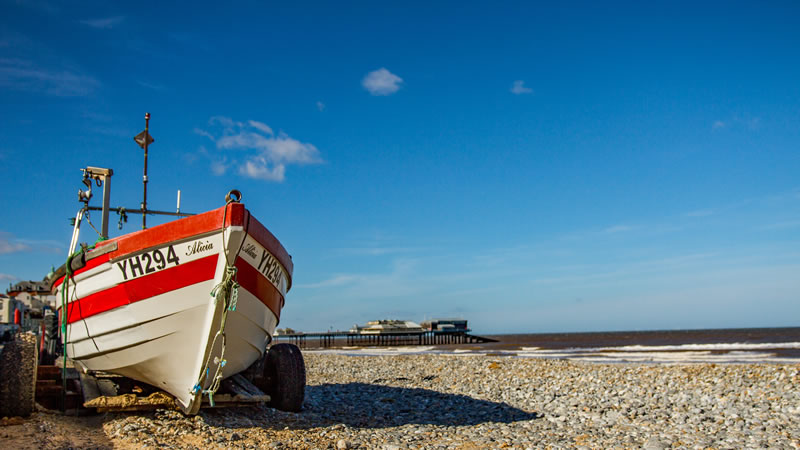
Go Crabbing in Norfolk

Norfolk Treacle Tart Recipe

Pettitts Animal Adventure Park

Banish those Post Christmas Blues by Getting Out and About in Norfolk

Norfolk Fishing Trips and Charter

Lynn Museum

Christmas Lights Switch-On Events Across Norfolk in 2019

Yarmouth Stadium

Colman's Mustard and Norfolk's Relationship to Continue
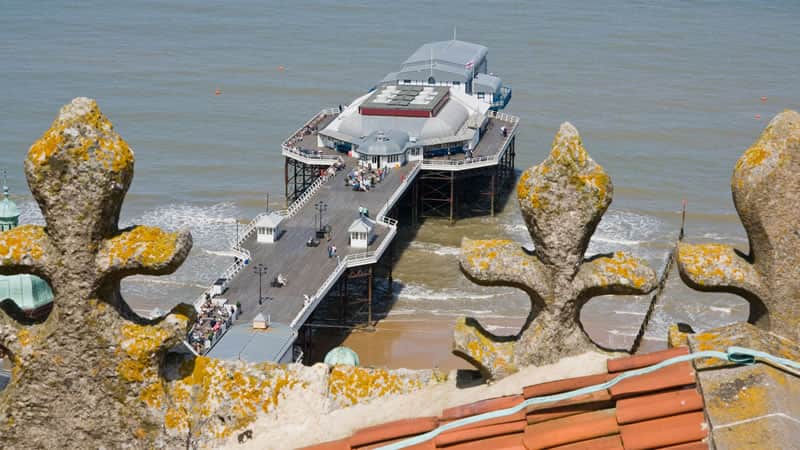
Some Interesting facts about Norfolk

Some of the best places to visit in Wroxham

Pitch and Putt and Adventure Golf in Norfolk

The Work of the Norfolk and Norwich Association for The Blind


